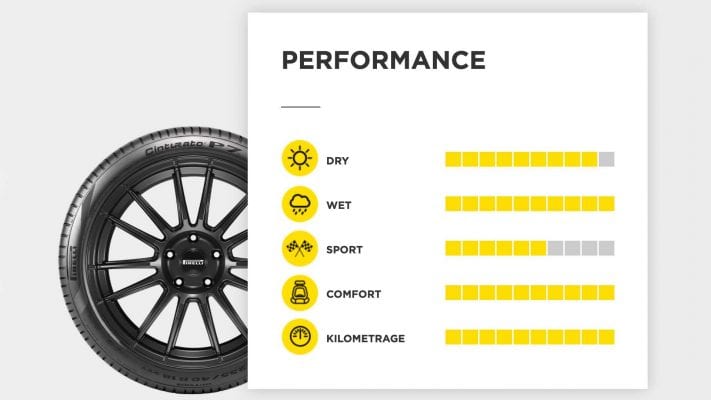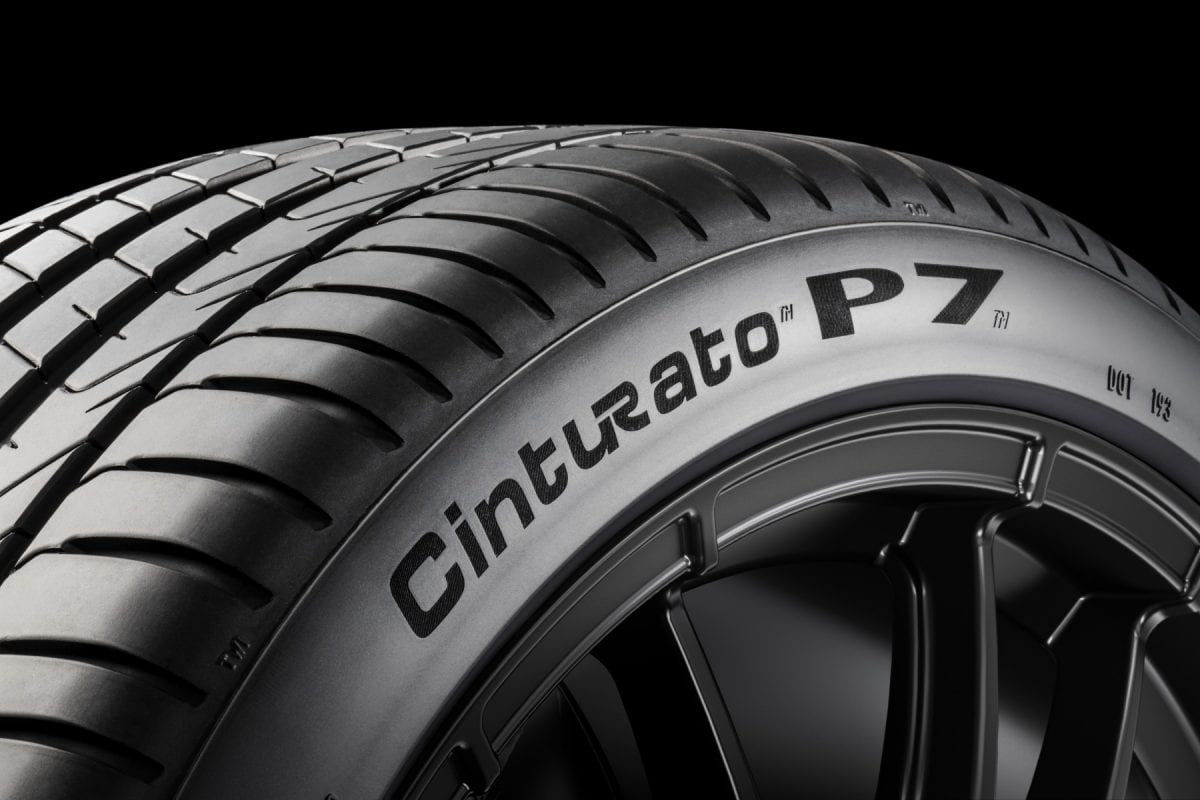A survey that was conducted by Pirelli between the months of April and May revealed that with the increased emphasis on social distancing, a lot of drivers will be using their cars more. To maximize safety, more than 50% of them said that they were looking to change their tires before the end of the year.
Their criterion for choosing tires was based on brands they thought provided the best quality, reliability, and safety. Pirelli recently released a new advanced tire that provides all these solutions to consumers. The Cinturato P7 is a product of intense engineering and collaboration between Pirelli specialists and car manufacturers.
It first debuted in 2009 and became popular with many premium carmakers. It has undergone several updates to keep up with the demands of the average car owner. The latest release prioritizes two things: efficiency and safety.
With the help of new technologies, it’s able to overcome typical compromises that are commonly seen in regular tires and reconcile conflicting requirements. One of its best technical innovations includes a new rubber compound that can intelligently adjust according to changes in temperature and driving conditions.
When compared to its predecessor, the new Pirelli Cinturato P7 comes to a stop 4 meters less at 60 mph. It also improves greatly on wet handling, dry handling, braking and aquaplaning. Pirelli engineers also enhanced the acoustic comfort of the tire by enabling it to absorb bumps and create less road noise.
Its life was increased by 6%, reducing the frequency at which owners will need to replace their tires. Rolling resistance has also been cut by 12%, hence, improving C02 emissions and reducing fuel consumption by 4%. As mentioned earlier, the most exciting part of the Cinturato P7 is its tread pattern.

It’s enriched with special silicon resins that improve grip. The resins are chemically modified to blend well with the silicon so that the tire can adjust mechanically when temperature and driving conditions change. Moreover, every part of the tread pattern comes with a specific function.
The longitudinal and lateral grooves are designed to evacuate water efficiently while the shoulder blocks are built to get the car to stop within the shortest possible distance whether it’s in dry or wet conditions. These blocks ensure the tire has the largest contact with the ground for a precise and safe experience around corners. They also improve comfort and optimize rides.
The good news doesn’t stop there. Pirelli has ensured that the Cinturato P7 can communicate with electronic driver assistance systems. For example, a tread pattern that works with the car’s own electronics is able to stop sooner in case the ABS warning light comes on. Where the tire has been designed for a specific car, it could eliminate any unnecessary corrections made by the lane control system.
The material used is also “high-mileage.” This means that in addition to providing the necessary grip, the Cinturato P7 can cover long distances with reduced wear and tear. This is courtesy of polymers that boast of higher molecular weight and more resistance to abrasion.
Buyers will also get to save money on fuel thanks to the multiple benefits that the new material provides. For starters, less mechanical resistance means that Pirelli did not have to use a lot of material to make the Cinturato P7. They managed to lessen the material required and still maximize the overall life of the tire. Less material also means less tire weight, something that car manufacturers had requested. Less weight translates to reduced rolling resistance. This then reduces fuel consumption, hence, saving the driver money.
Among the new technologies incorporated in the P7 are the Run Flat and Seal Inside features. The former provides reinforced walls that support the car’s weight while the latter uses a special mousse to instantly plug holes of up to 4 mm wide.
In summary, the Cinturato P7 is meant to meet the needs of the different car models it will be fitted on. It’s even designed to meet specific requirements that motorists may demand from their Pirelli tires. Take, for example, the Pirelli Elect range which is a package of technologies specifically designed to meet the needs of hybrid and electric cars. The tire maximizes battery range and lowers rolling resistance while complementing the comfort and quietness electric drivetrains provide.
The tire has 70 homologations to it already. The number is expected to rise to 100 by the end of 2020. Buyers will be able to buy the Cinturato P7 for rim sizes 16-19 inches, speed codes H, V, W, and Y, series 40-60, and widths 205-275 mm.


